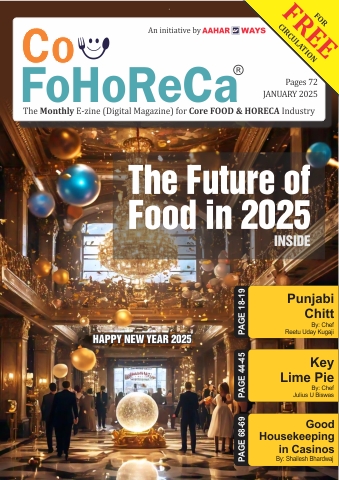Outdoor Catering: Challenges and Creative Solutions
While outdoor catering presents challenges, these can be managed with thoughtful planning and creative solutions.
Outdoor catering has become an increasingly popular choice
for events, offering guests the unique experience of dining in open spaces such
as gardens, parks, and beaches. While the idea of dining outdoors can be
refreshing, catering for these types of events presents a variety of
challenges. From unpredictable weather to logistical obstacles, outdoor
catering requires careful planning and creative solutions. This article will
explore the main challenges faced by outdoor caterers and provide insights into
how these hurdles can be overcome.
One of the most prominent challenges when catering outdoors is the unpredictable nature of the weather. Unlike indoor events, where climate control is provided, outdoor settings are vulnerable to sudden changes in weather, such as rain, wind, or high temperatures. To counter this, caterers often plan for a backup plan, such as renting tents or marquees to provide shelter. For events where tents are not an option, portable canopies and umbrellas can be set up to protect guests and food from the elements. Additionally, caterers can use portable heaters during cooler months or fans during warmer days to maintain a comfortable environment for guests.
Another issue often faced in outdoor catering is the lack of access to electricity and running water, which are typically readily available in indoor venues. Outdoor catering may require caterers to bring in generators to power kitchen appliances, lighting, and refrigeration units. It is essential to ensure that the generator is appropriately sized for the event’s needs, as running out of power can be detrimental to the operation. Similarly, without access to a water source, caterers must bring in water tanks or mobile water units for cooking and cleaning purposes. These arrangements must be planned well in advance to ensure smooth service during the event.
Food safety is a critical aspect of outdoor catering. High outdoor temperatures can cause food to spoil quickly, making it essential to have proper equipment to keep food at safe temperatures. For example, chilled foods should be kept in refrigerated trailers or mobile coolers, while hot foods should be served in chafing dishes or warming stations. Regular temperature checks are necessary to ensure the safety and quality of the food throughout the event. By taking these precautions, outdoor caterers can maintain food safety standards and deliver fresh, safe meals to guests.
Logistics is another key factor in successful outdoor catering. Organizing the transportation of food, equipment, and supplies to a remote location can present several challenges. To avoid delays and complications, caterers should plan the transportation route ahead of time, considering any obstacles like narrow roads or traffic. Additionally, having a sufficient number of staff on hand to assist with set-up, food preparation, service, and clean-up ensures that everything runs smoothly. With proper planning and organization, logistics can be streamlined, reducing the risk of problems on the day of the event.
While outdoor events provide a beautiful backdrop, they also introduce issues such as insects or wildlife, which may interrupt service. Caterers can minimize these problems by setting up food stations away from areas prone to bugs and using nets or coverings for food displays. Natural repellents and insect-proof containers can also help protect the food, ensuring that guests are not bothered by unwanted visitors while dining.
The menu itself is often adjusted for outdoor catering events. Foods that require precise temperature control may not be suitable, so caterers opt for dishes that are easy to prepare, serve, and maintain at the correct temperature. Grilled meats, fresh salads, and finger foods are popular choices at outdoor events. Interactive food stations, such as live cooking or barbecues, can enhance the outdoor experience by allowing guests to enjoy the process of meal preparation. Additionally, serving food in bite-sized portions or in individual servings ensures convenience and ease of eating.
Finally, creating an atmosphere that complements the outdoor setting is essential to the success of an outdoor event. The natural surroundings should be highlighted with appropriate décor. Caterers can collaborate with event planners to set up beautiful tables, lighting, and other decorations that blend with the environment. Floral arrangements, fairy lights, and rustic tableware can add charm to the venue, creating an inviting and memorable experience for guests.
While outdoor catering presents challenges, these can be managed with thoughtful planning and creative solutions. From managing unpredictable weather and food safety to handling logistics and menu adjustments, caterers can ensure that their service is seamless and memorable. With the right equipment, backup plans, and attention to detail, outdoor catering can provide guests with a unique and enjoyable dining experience in the great outdoors.
.png)





























